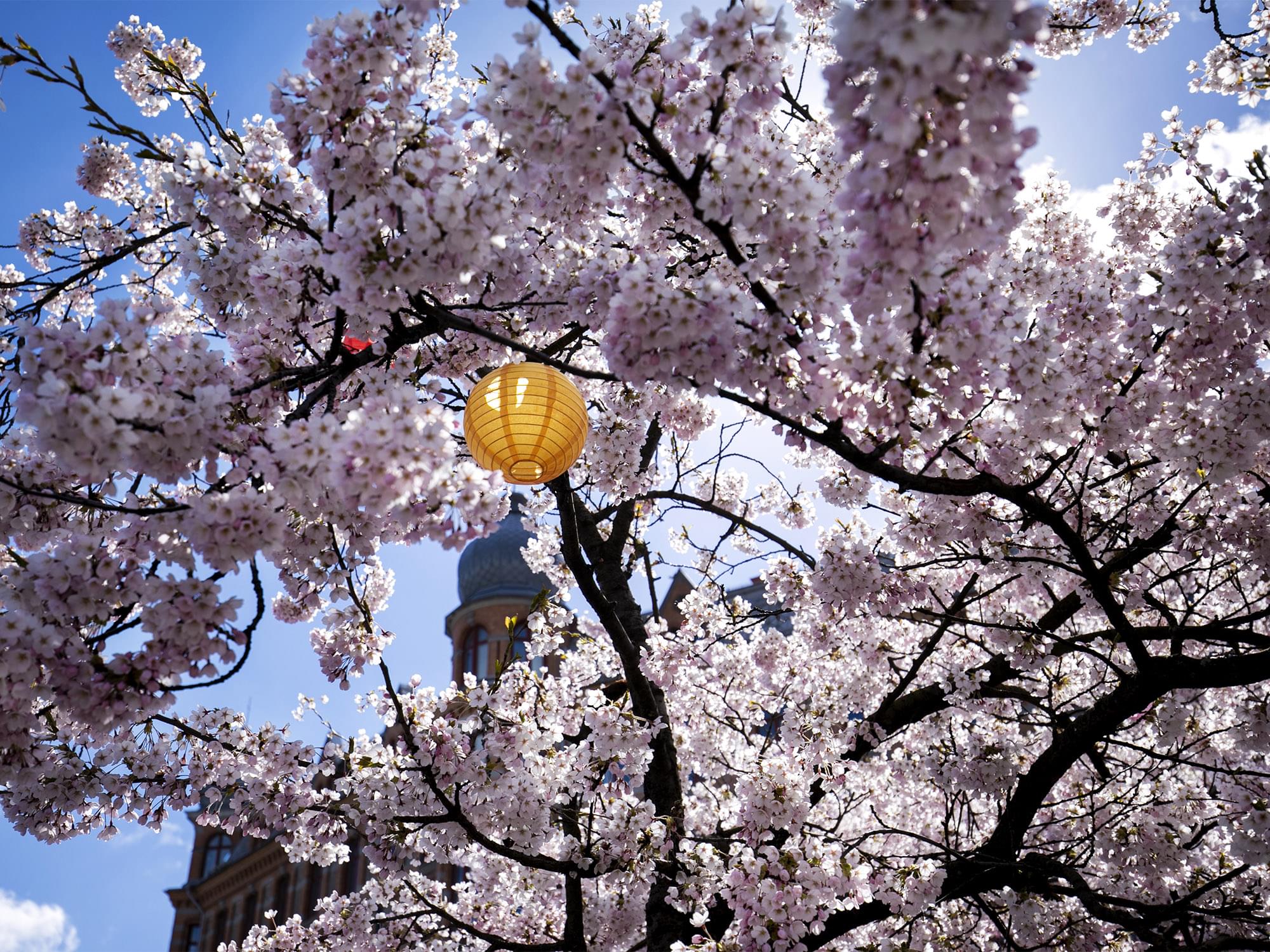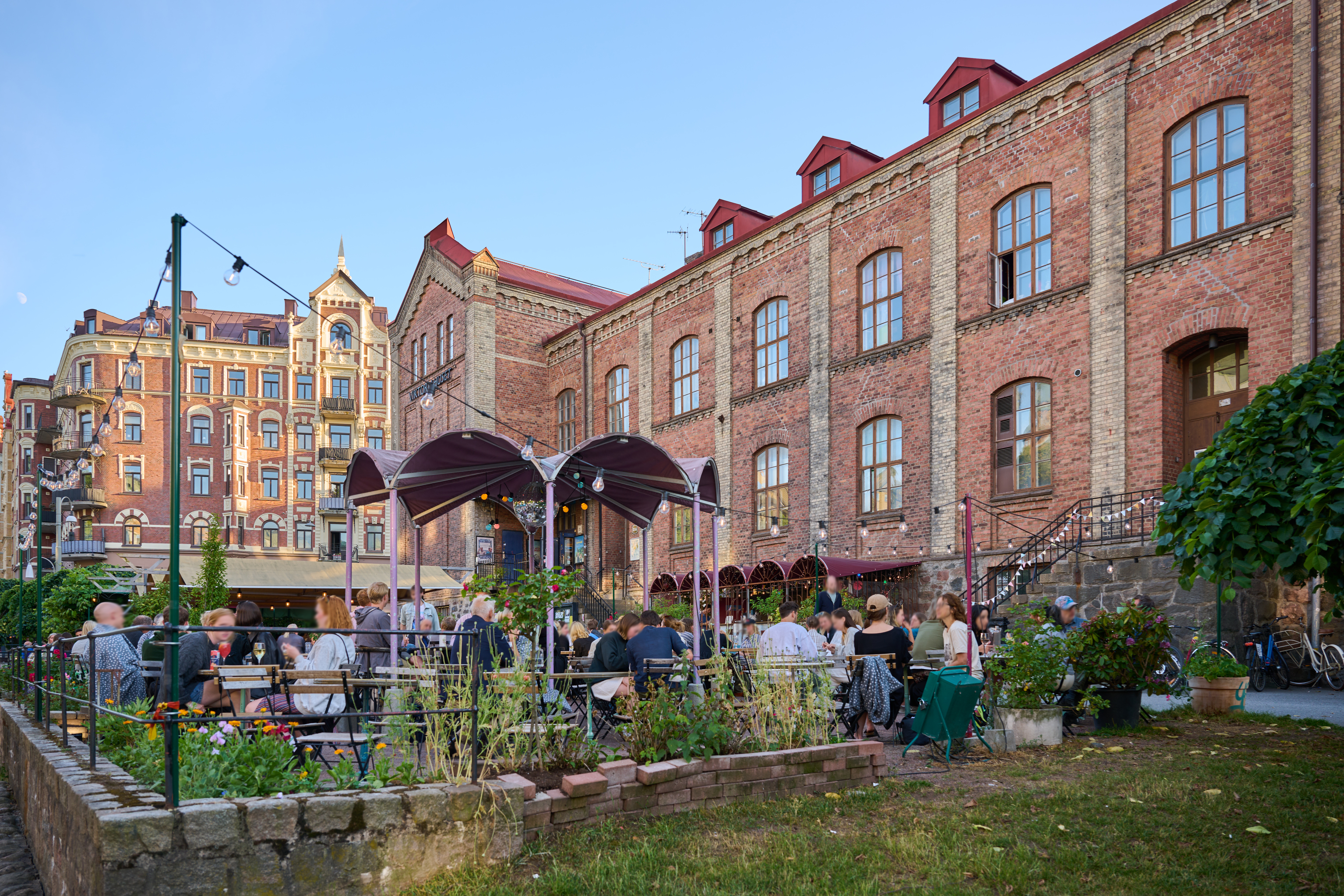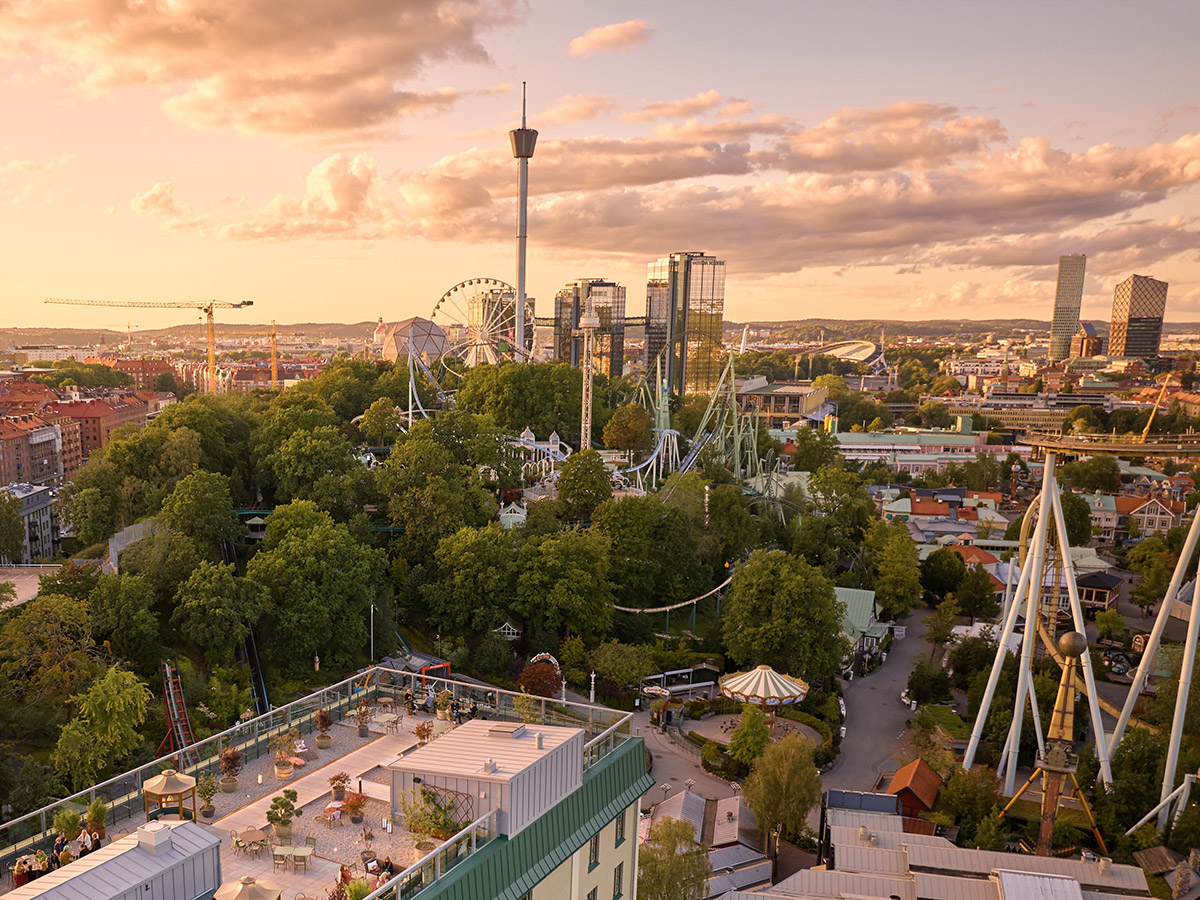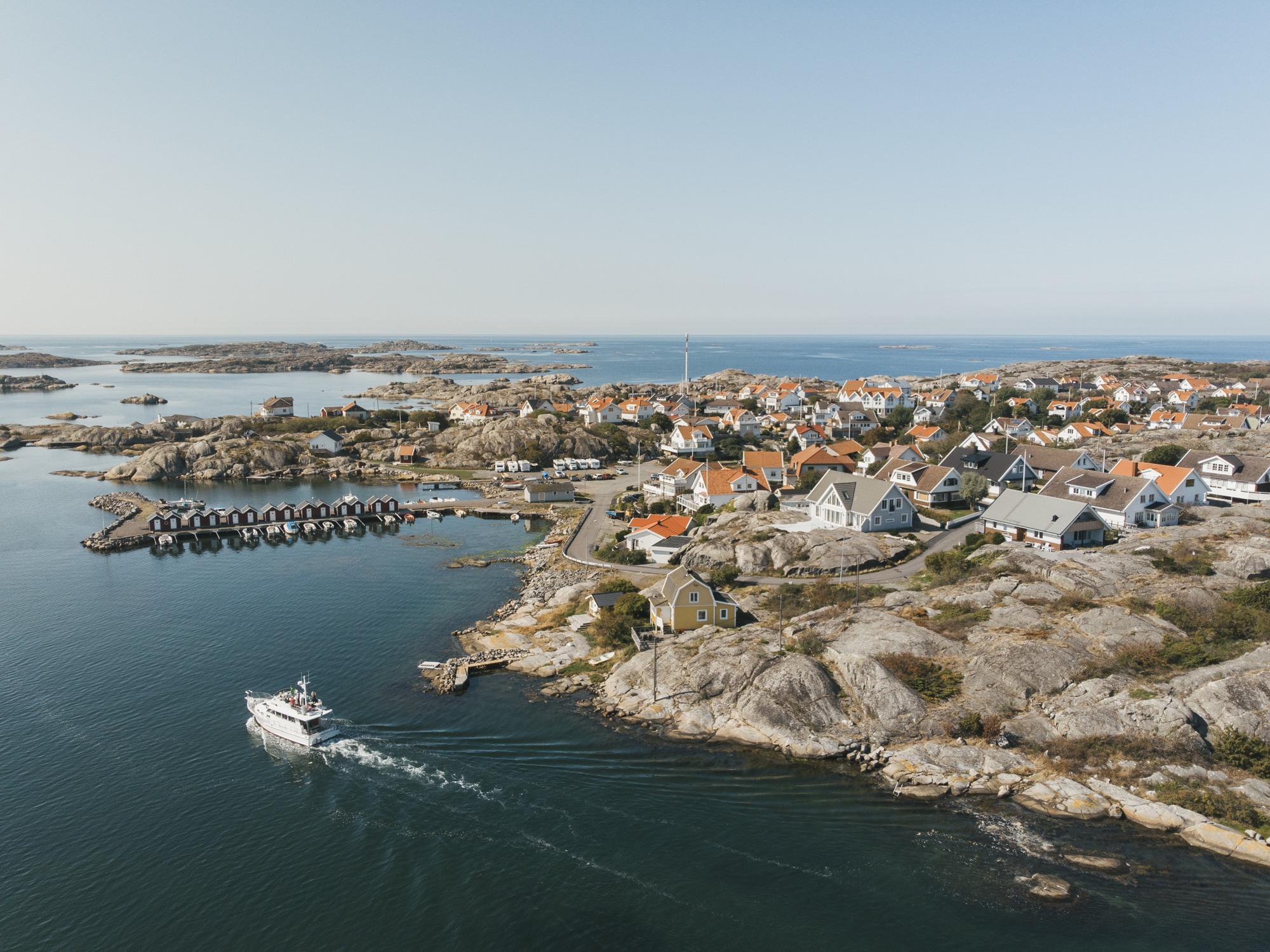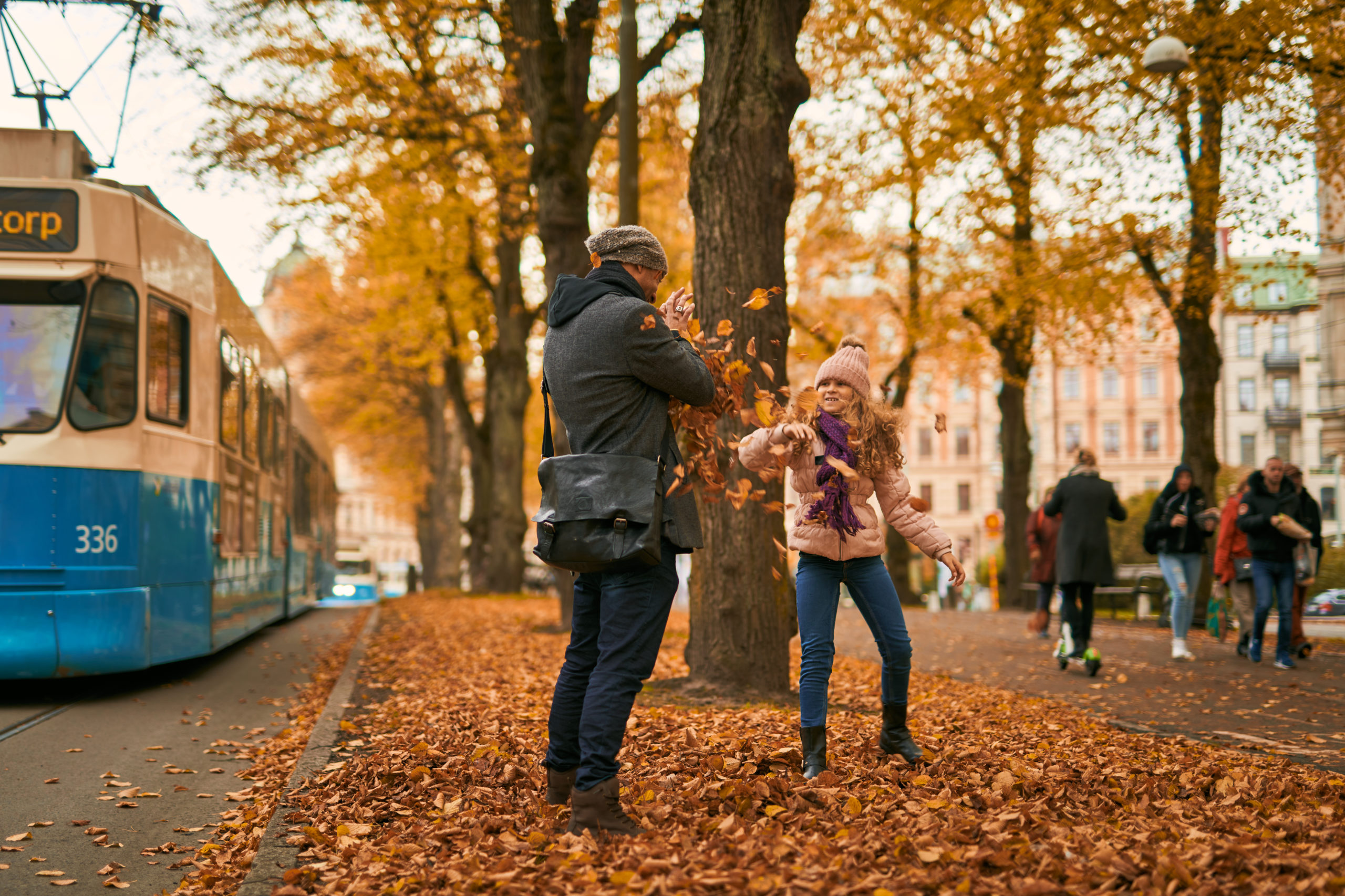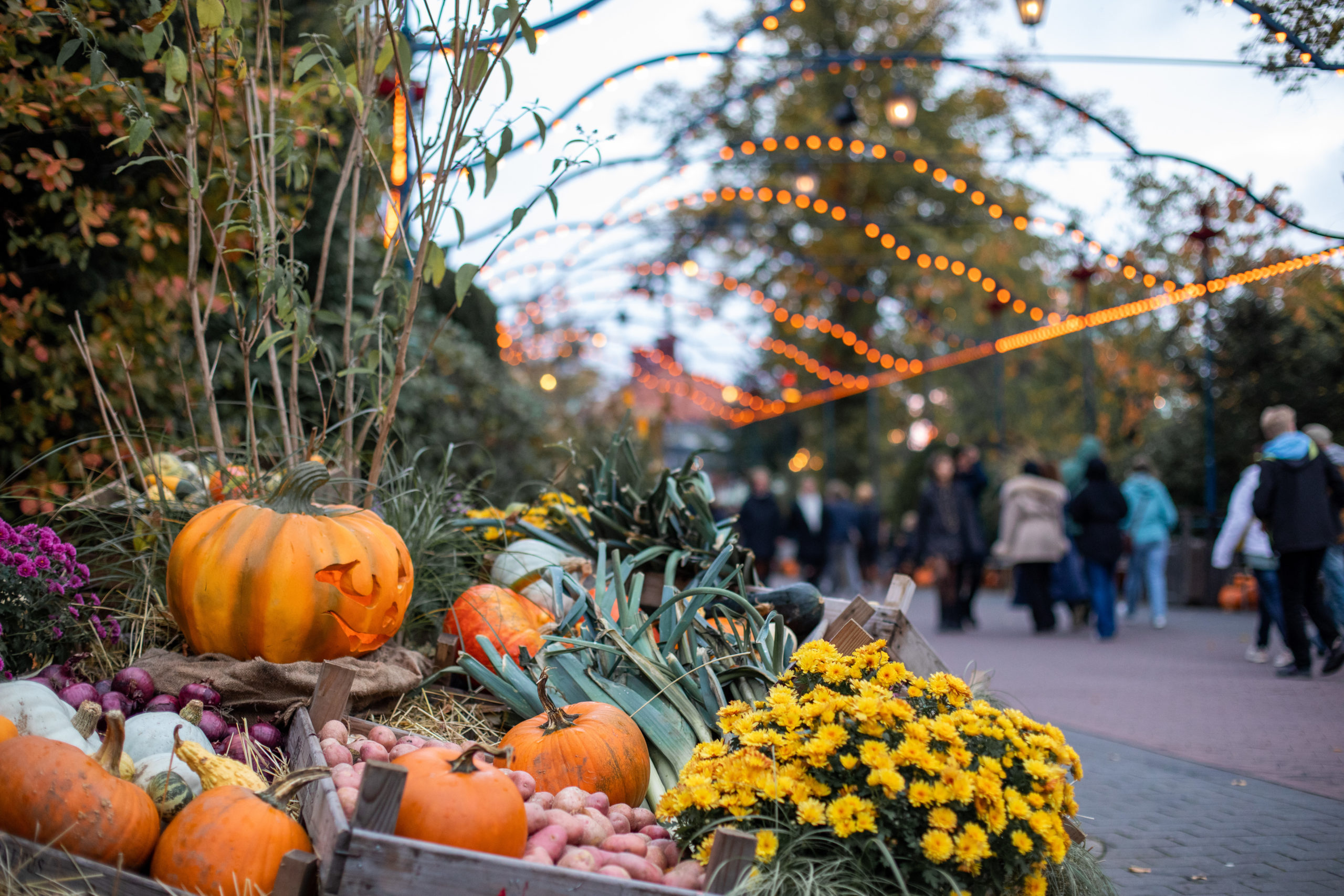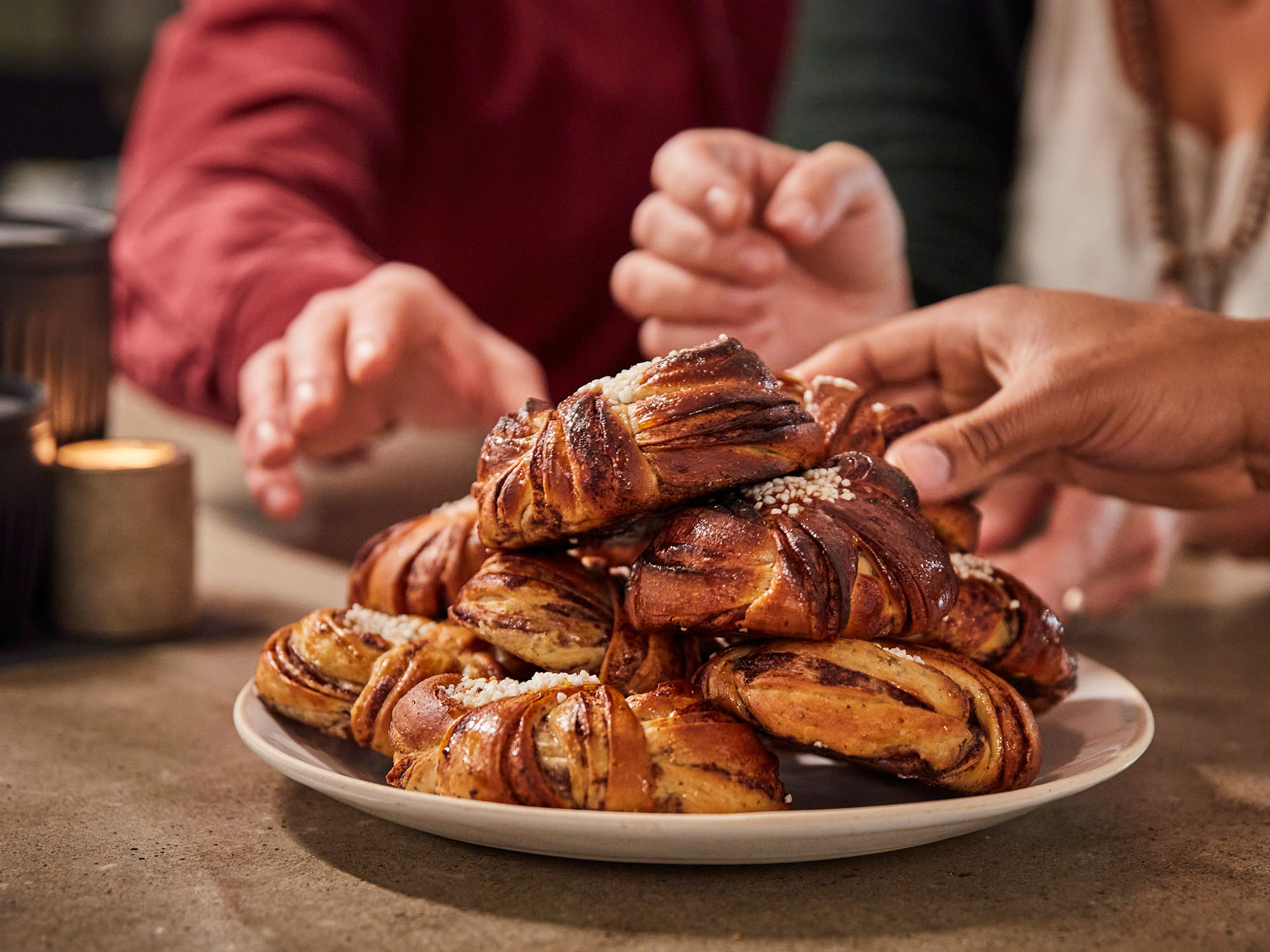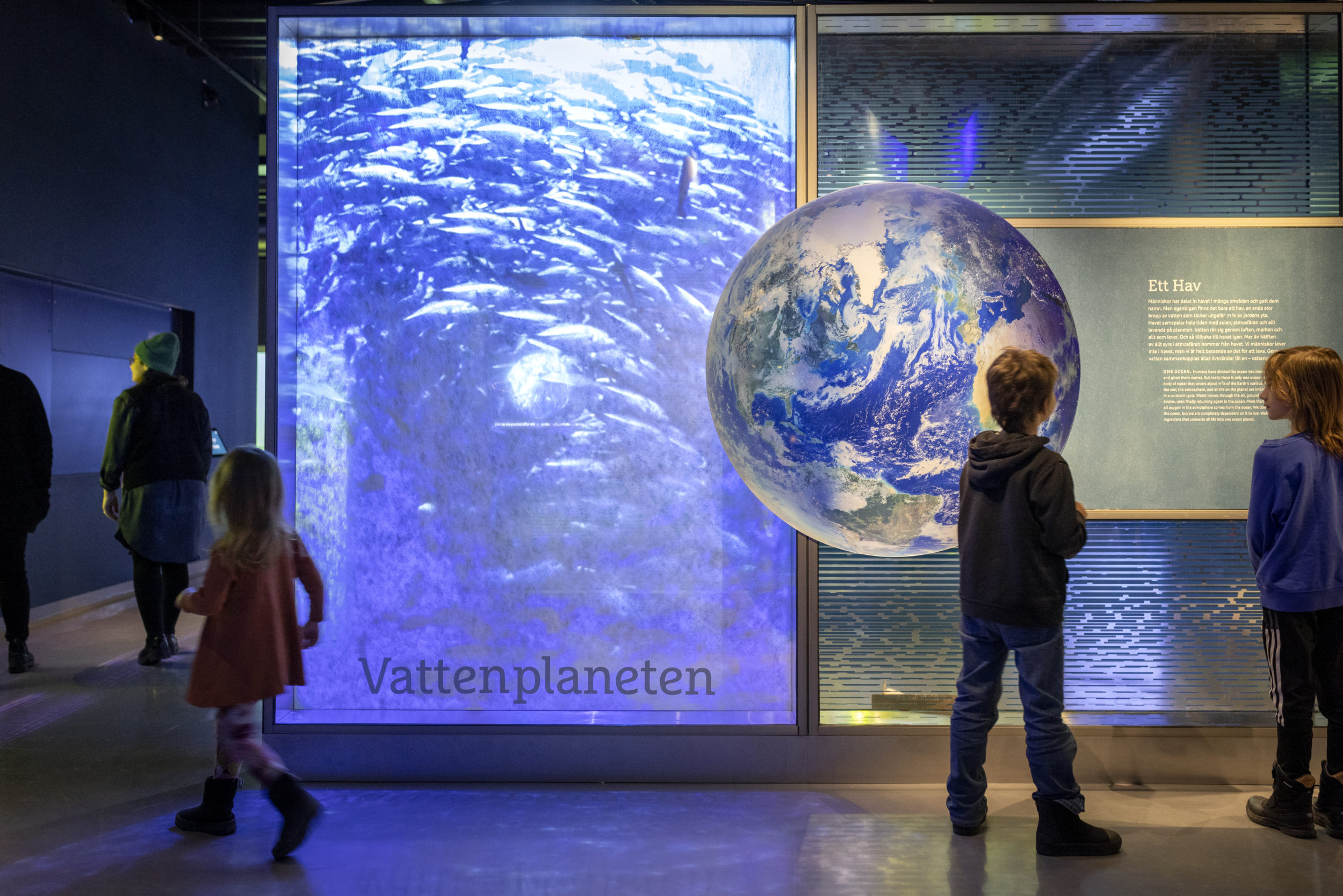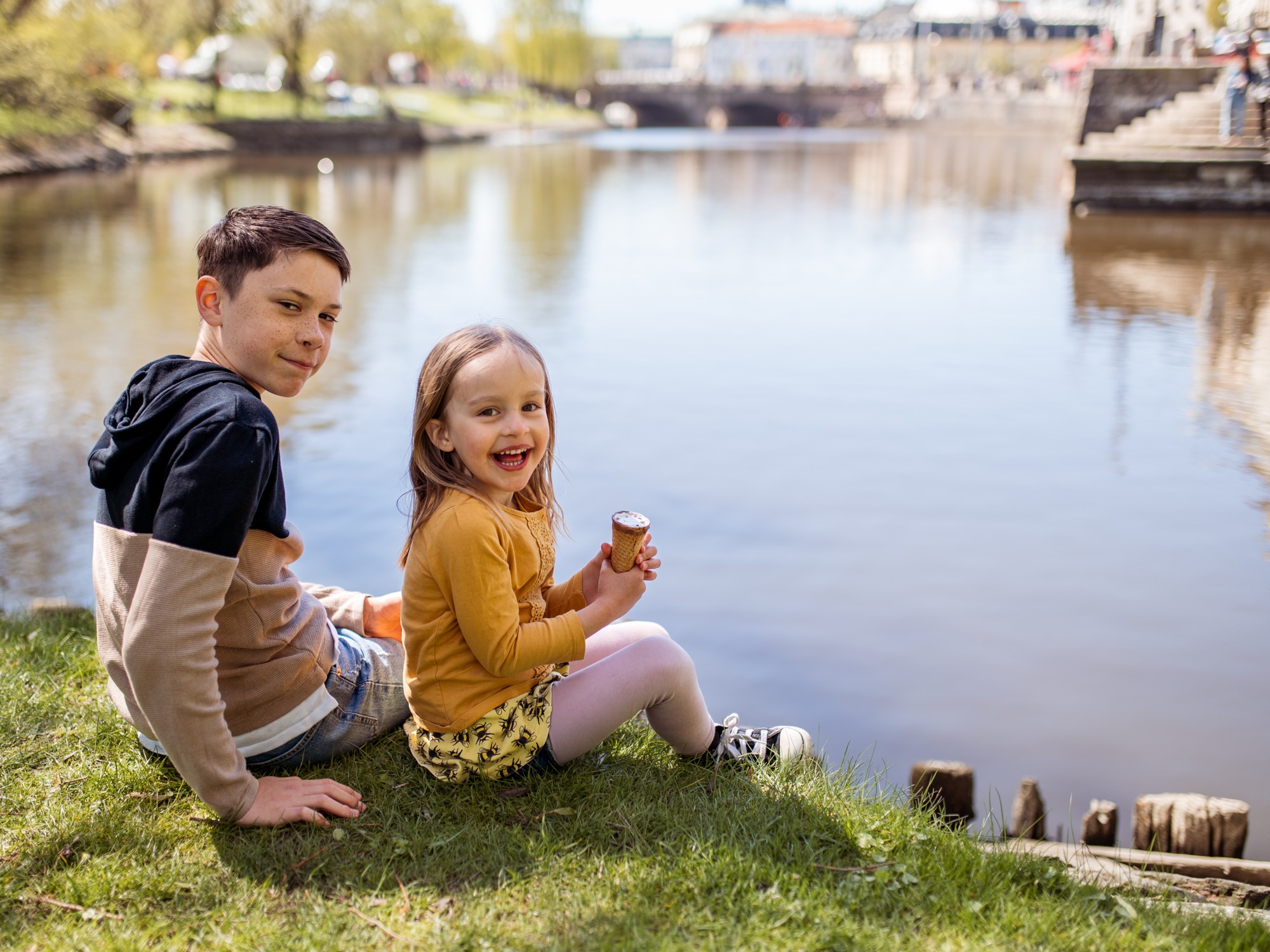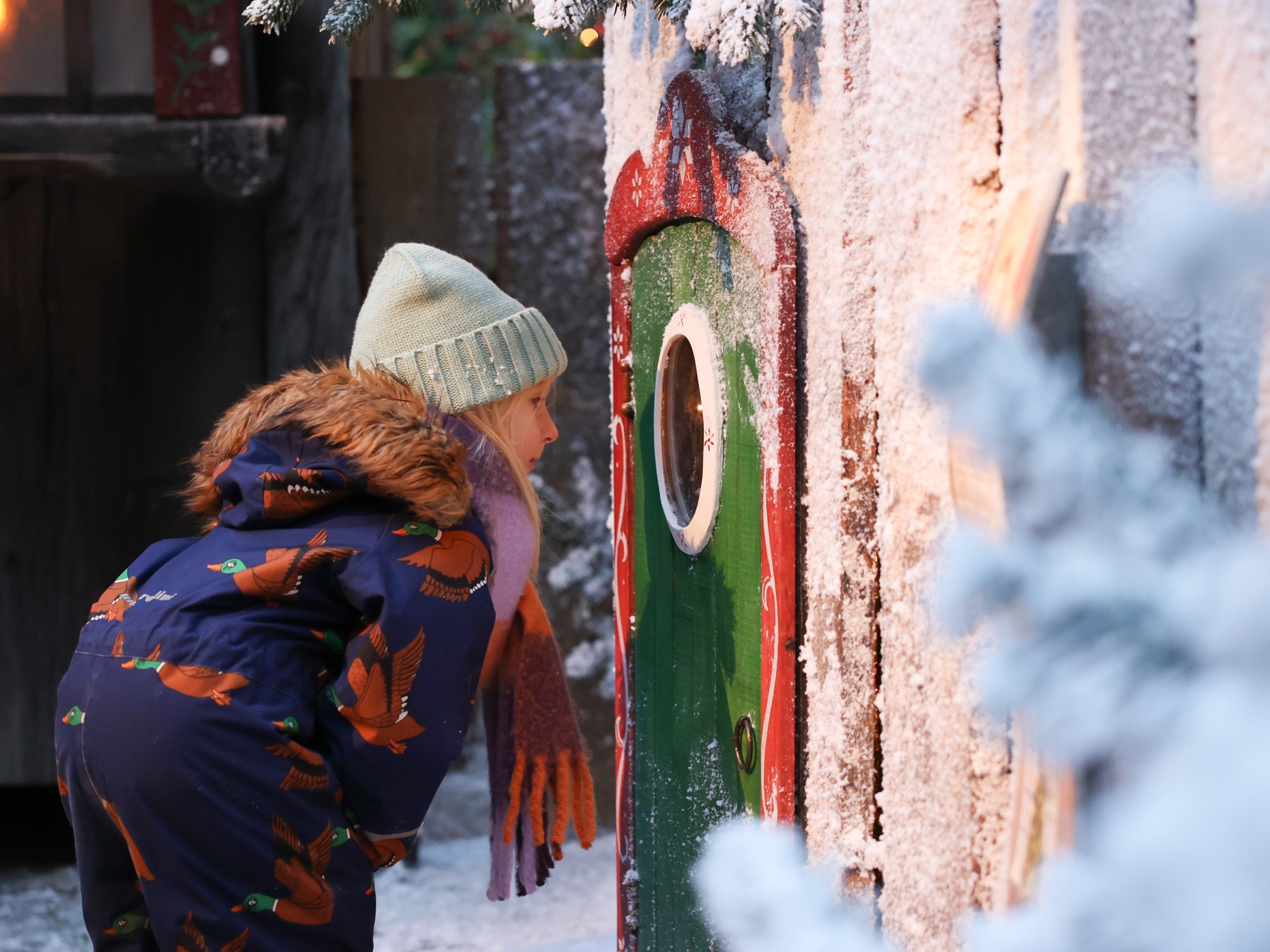The Swedish public holidays are spread out over the year with its many, perhaps peculiar, customs. Have you been in Gothenburg during summer? Try coming back in early December to experience a totally different city. As you will soon find, many holidays are food-related and one thing is for sure – there is a pastry for nearly every occasion – something that gives away our passion for “fika”.
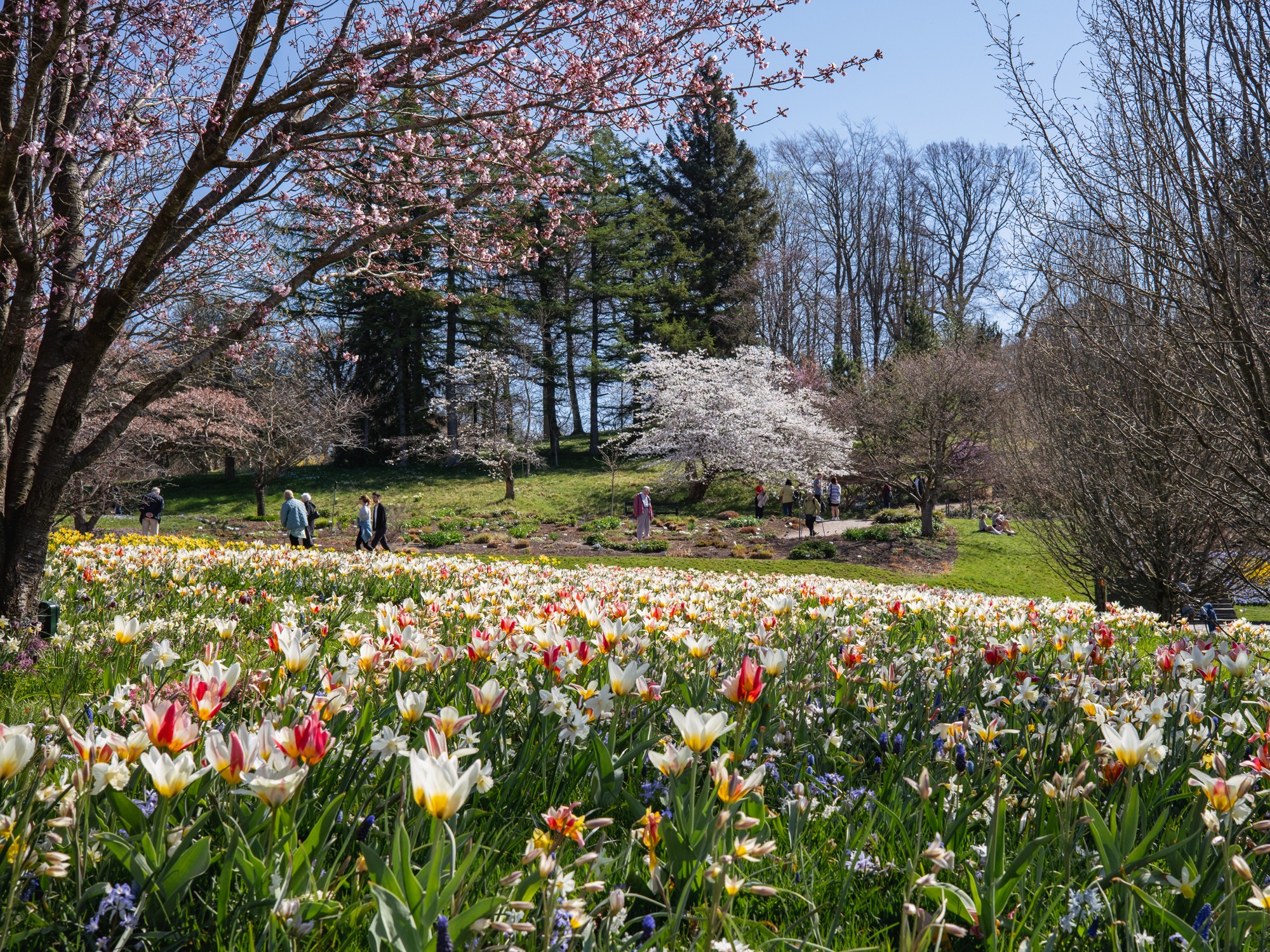
Spring
In late February and March the light slowly returns after a dark winter, temperatures are rising and locals embrace every chance to enjoy the warmer weather. On a fine day you might see sun-starved locals standing, face towards the sun, truly soaking up the first spring sunbeams. May is a lovely month, buzzing with anticipation for the upcoming summer.
What would a local do?
As soon as the sun is out the Gothenburger will sit outside and grab a coffee or drink. Even if we need to wrap up in blanket (restaurants often provide them) or put an extra sweater on due to a somewhat chilly temperatures. It doesn’t matter – spring is here!
Seasonal highlight
Welcome above-said spring at Walpurgis Night falls on April 30. The public celebration often includes bonfires, music concerts and speeches and the park Slottsskogen is one of several options. Bonfires are very typical along the west coast, and you will see them in small coastal villages and on islands too on this day. The unofficial goal is of course to have a larger fire than the neighbouring village.
Runner-up: The official opening date for al fresco drinking and dining on April 1 (according to local regulations). Open-air cafés and beer gardens pop up all around town annually from this date on.
What to pack: Sunglasses.
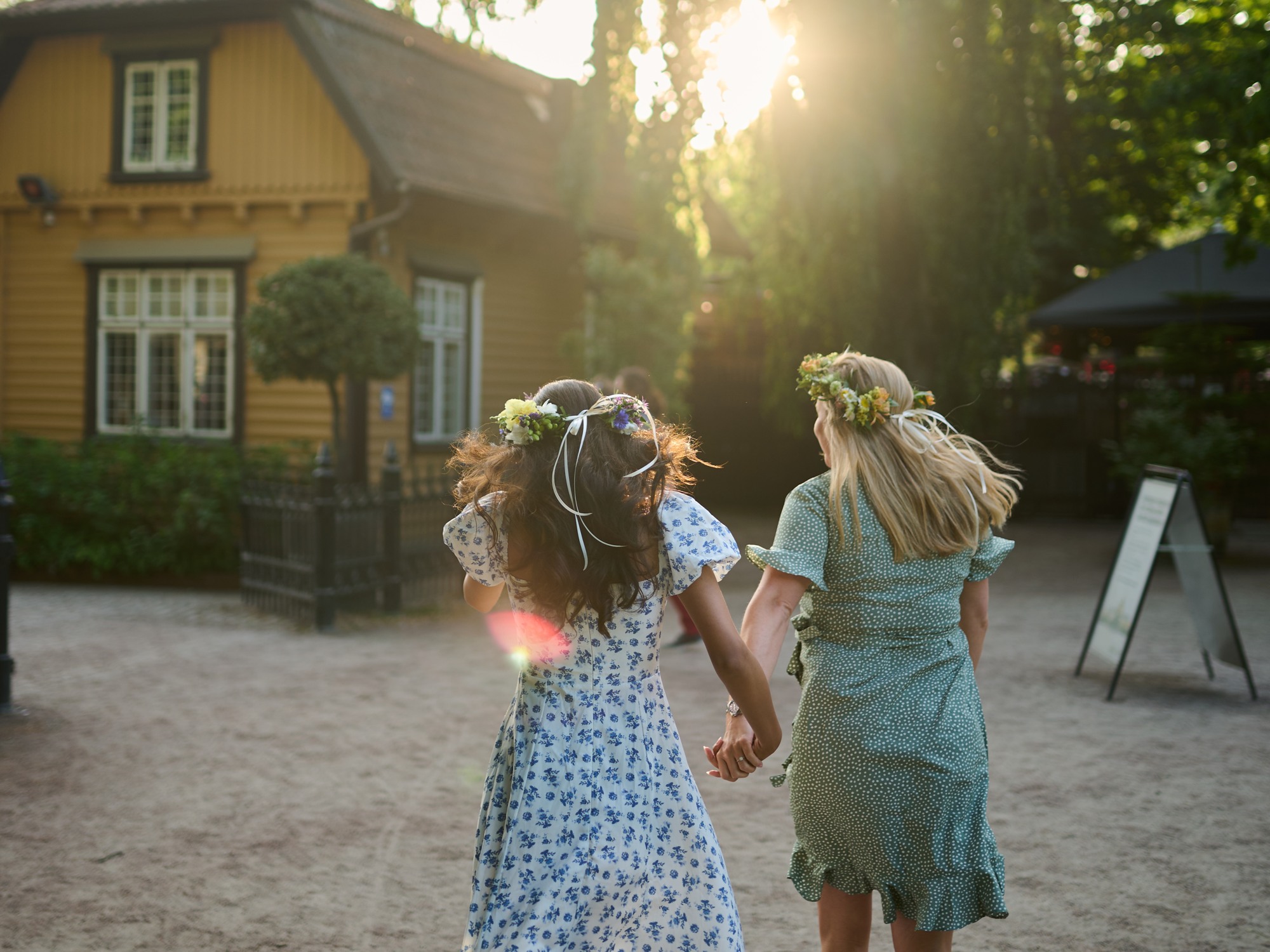
Summer
The Swedish summer is characterised by seemingly endless days and nights. The light evenings are something special not seen in many places outside Scandinavia. This is the perfect time of the year for staying out late to enjoy al fresco dining, music festivals and outdoor concerts. Don’t miss the chance to enjoy swimming in the clear waters off the coast and all other perks of the high season.
What would a local do?
Go on a day trip to the archipelago to enjoy picturesque car-free islands, beaches and boat rides. Also, again dine outside, be it a BBQ, picnic or restaurant. Swedes embrace summer to the max and most locals enjoy an annual vacation (four or even five weeks) between mid-June and mid-August.
Seasonal highlight
Midsummer falls on a Friday around June 20 to mark the summer solstice. The typical dinner is pickled herring and fresh potatoes (with snaps for grown-ups), followed by strawberries and cream. Home-made flower wreaths, Maypoles and folk dance are other essentials. Try the park Slottsskogen for a public event or go on a day trip to the archipelago – the city centre is likely to be rather quiet over the Midsummer weekend.
Runner-up: The crayfish party is yet another Swedish food fest. Like the name implies it involves eating crayfish – or on the west coast often langoustines – in good company of friends and family. The party is commonly held any time from late July to early September.
What to pack: Beach wear.
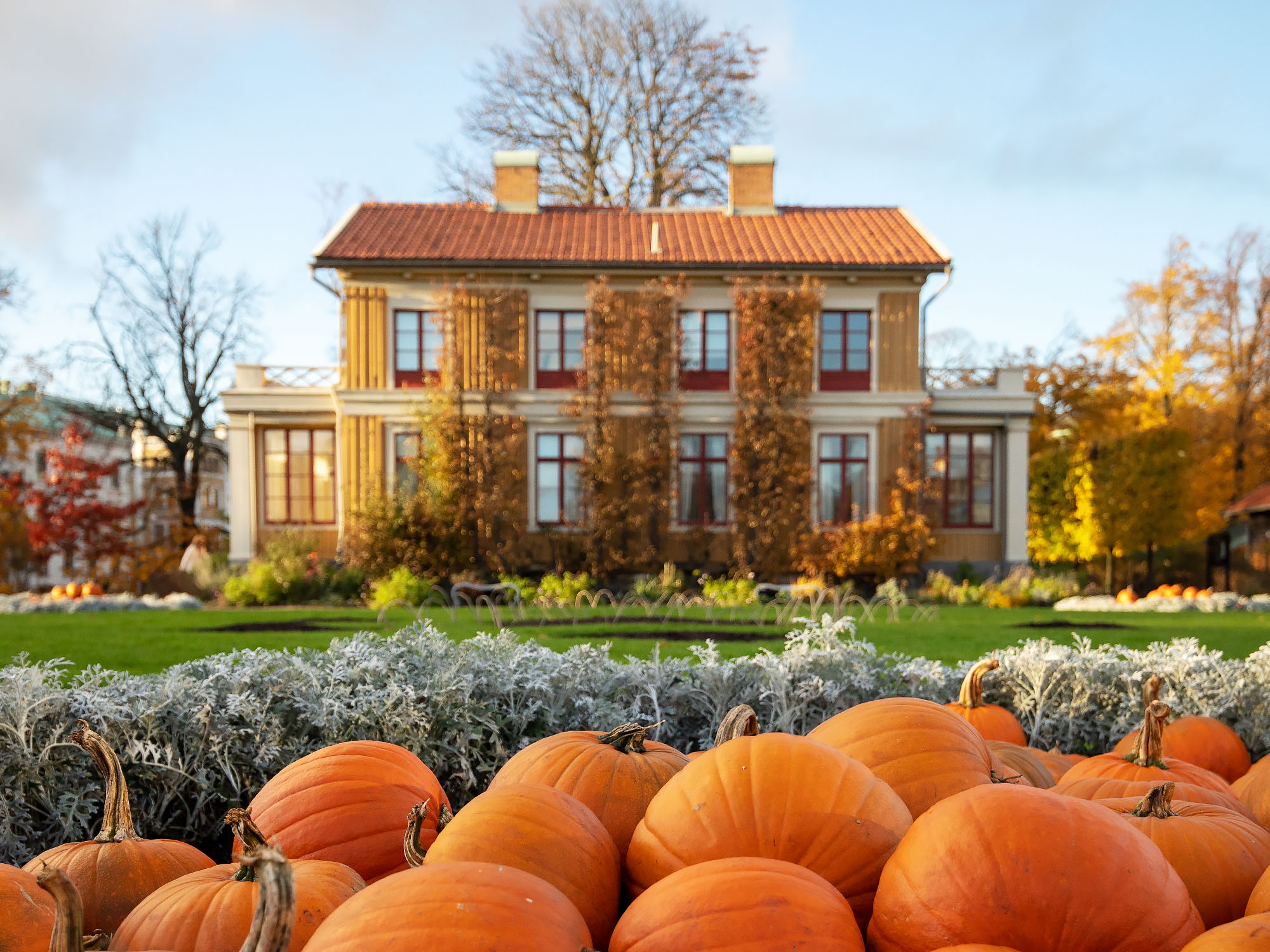
Autumn
The colourful yellow-red leaves paint a pretty picture, the air is crisp and locals are getting back in the daily routine after summer. It might be raining sideways, but there are plenty of indoor activities and events to choose from, especially when it comes to theatre, opera or music. It’s also the peak season for exhibitions in the many galleries and museums and simply a good time to enjoy great food and drinks. Gothenburg is famous for great shellfish – and they actually get even tastier when the waters cool off in autumn.
What would a local do?
You can never go wrong with a Swedish “fika”. The word means sitting down for coffee and something sweet and the classic choice would be black coffee and a cinnamon bun. Autumn is an especially great time to bring a friend and cosy it up in one of the many cafés.
Seasonal highlight
Join a lobster safari or fishing excursion at the start of the season on the first Monday after September 20. Or simply enjoy a lobster-based dinner on dry land. In late october the amusement park Liseberg celebrates Halloween with spine-chilling experiences and butterflies in the tummy throughout the school autumn break.
Runner-up: Cinnamon bun day, October 4. One of many celebrations devoted to a pastry.
What to bring: Umbrella or raincoat.
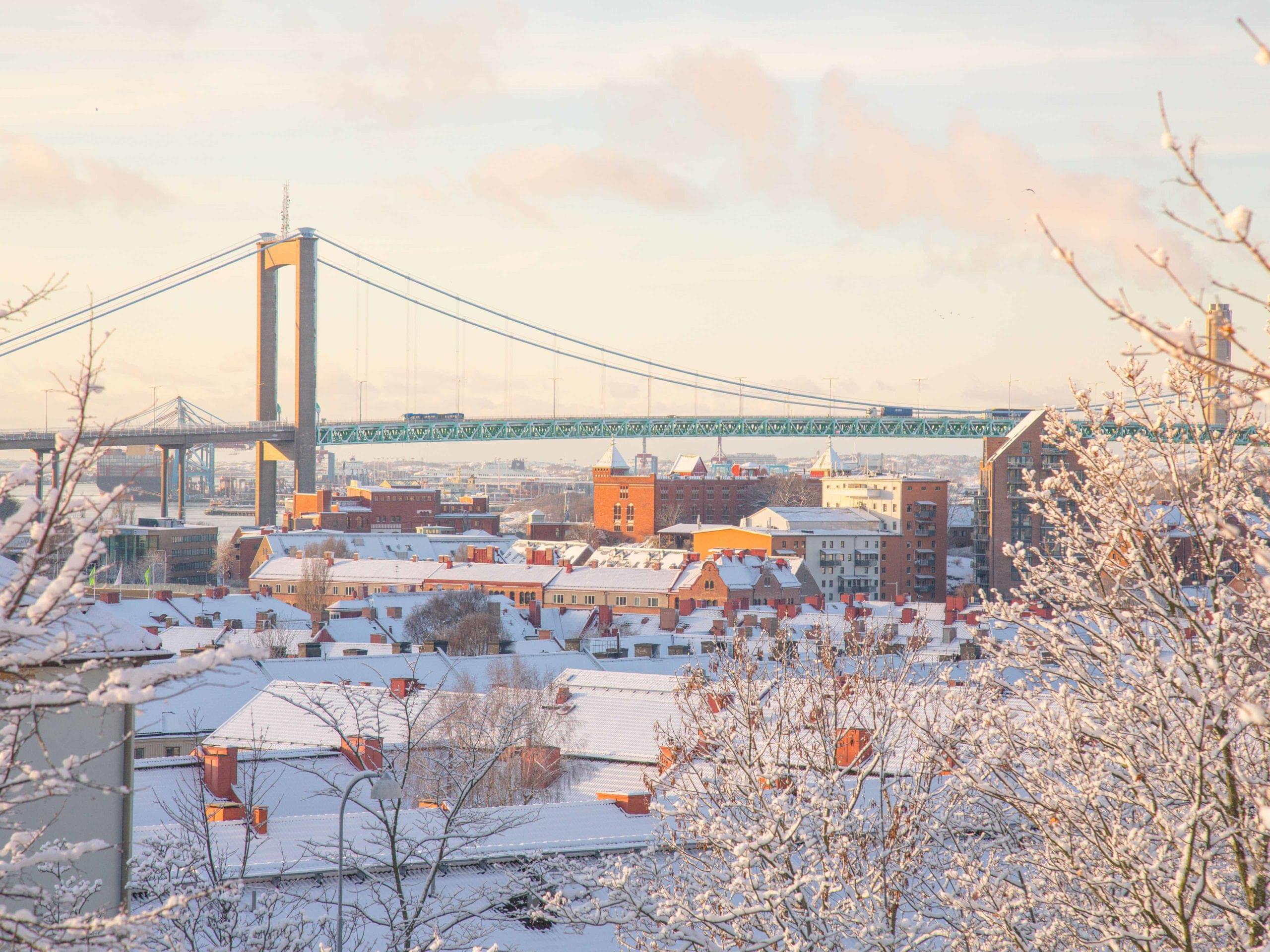
Winter
Gothenburg have rather mild winters, compared to the north of Sweden, but snow is not unusual and sometimes there is plenty of it too. December is the perfect time to explore Swedish holiday traditions, plus Gothenburg is dressed in its finest suits of glimmering lights from late November until the New Year. Dark falls quickly in the afternoons, but Swedes are quick to compensate with candle lights in homes, restaurants and cafés.
What would a local do?
Swedes are outdoorsy types and enjoy nature even when the temperature drops. Activities can range from a simple walk in the park Slottsskogen (followed by ‘fika’ of course) or a visit to an ice-rink. Skates are usually available for rent. It’s perfectly accepted for grown-ups to bring out the inner child on a snowy day and challenge friends to make a snowman or have a pulka-race too.
Seasonal highlight
Visit the major Christmas market at Liseberg amusement park that opens in mid-November. This is a must for traditional sweets (some ginger snaps and mulled wine perhaps?), handicrafts and the general Christmas spirit with millions of glimmerings lights.
Runner-up: Shrove Tuesday (Fettisdagen) falls on a Tuesday in February or early March. This is yet another “fika”-related celebration and the typical cream and almond filled buns (semla) are available in bakeries from early January to mid-March.
What to bring: Wool cap, mittens and a scarf.
Weather talk
Swedes talk a lot about the weather and Gothenburgers are no exception. If it’s sunny for days, we talk about the incredible weather (Amazing! Or too hot?). If it’s rainy we talk about the terrible downpour (Is it ever stopping?). The weather is always s given icebreaker – so if you are looking to strike up a conversion with a local you can always comment on the weather.
Average temperatures
The heat from the Gulf Stream makes the average temperatures in southern Sweden no lower than –2°C in February, rising to +21.1°C in July. On sunny days between May and August temperatures can rise to +30°C in the air and +24°C in the sea and the lakes.
